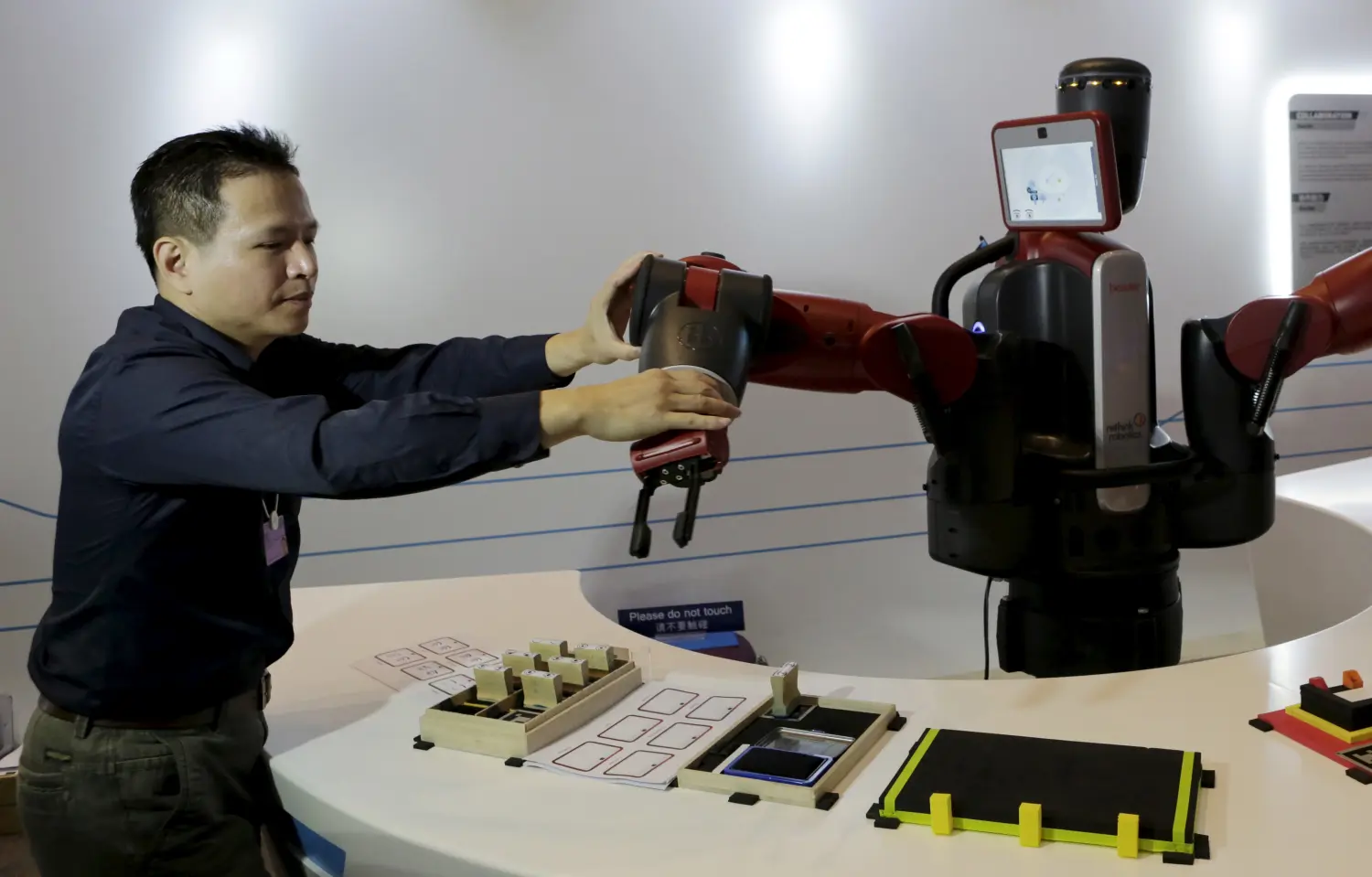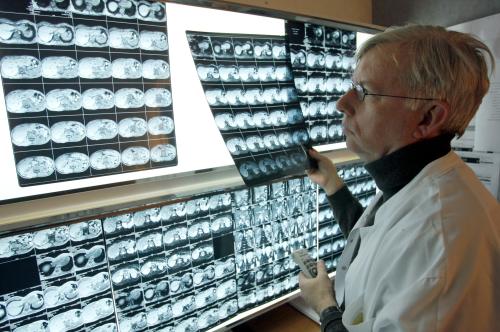This report from The Brookings Institution’s Artificial Intelligence and Emerging Technology (AIET) Initiative is part of “AI Governance,” a series that identifies key governance and norm issues related to AI and proposes policy remedies to address the complex challenges associated with emerging technologies.
The space race of our time is the quest for domination in artificial intelligence. As a result, countries around the world are investing significant resources to build and mature their AI capabilities. They are also crafting strategic national plans about how and where to invest in AI.
Taken together, these plans provide a snapshot of the global state of AI investments and how national governments are thinking about how to best utilize their resources. By studying 34 AI strategic plans of more than 1,700 pages, we have found that governments are failing to plan for operational investments, continue to be far more aspirational than practical in their planning, and are failing to consider funding realities.
The AI state of play
These strategic plans represent no small investments—the Canadian government alone allocated $125 million to fund its AI initiatives. If done well, they could lay the groundwork for significant advancement in AI. Generally, the plans examined public sector functions and sectors of the economy that could benefit from AI, how to build AI capacity, governance concerns, data management opportunities and challenges, and algorithmic design challenges.
Opportunities. The plans revealed that countries around the world see similar opportunities in AI. Plans most often emphasized health care, technology, agriculture, and manufacturing as the sectors with the greatest opportunity to be transformed by AI. Countries understand the potential of this technology to retain, and possibly advance, their competitive positions in core industries.
Risks. The plans also revealed similar conceptions of risk. They often examined how to develop regulatory frameworks for AI systems (e.g., when they fail), the impact of algorithms on social inequality, and the need to increase the transparency associated with AI systems. Given the fact that AI systems must be built to deliver public value, addressing how these systems might go astray is an important undertaking. Several countries have commissioned pilot projects to increase their experience with how AI systems might be deployed in the public sector, using these to refine future system-development trajectories.
We found Italy to have the most comprehensive plan, followed by France, Germany, New Zealand, and the United States. This ranking simply reflects the breadth of coverage and is not a statement on the level of sophistication of each plan or the quality of coverage.
As we reviewed the contents of the plans, it was striking to see that the most common elements covered data management, capacity-building programs, and governance dilemmas. The need to address privacy and data-usage regulations regarding the design, deployment, and utilization of AI systems was a common theme.
Governments recognized that they have an important role to play in building platforms and programs that support data sharing between the public sector and external stakeholders to speed up AI innovation.
Governments also recognized that they need to plan for significant research and development investments to bolster their AI capabilities. These investments include efforts by the public sector to foster multisectoral research collaborations and major reform of education systems—including K-12 schools, universities, and vocational programs—to better prepare the workforce of the future.
What’s missing on AI
While there is much to like about these plans and the efforts that produced them, we found that most lacked critical elements. These missing components have to do with the details on the how: How are national governments going to mobilize their nations on the AI journey?
Execution. Despite these efforts to blueprint an AI future, the plans generally lacked sufficient (or any) detail on execution, including who would be responsible and under what timeframe would these objectives be achieved. They also omitted metrics to gauge performance. Ideally, one or more agencies would be tasked with leading the charge on various initiatives. In addition, the plans would ideally specify the coordination standards between federal, state, and local governments.
Funding. The plans also tended to ignore funding realities. Technologies such as autonomous vehicles will significantly impact local government revenues—consider the drop in income from speeding tickets, for example—but the plans failed to acknowledge how AI will affect public finances. AI systems will impact the very nature of public finances when it comes to how taxes are levied, social security is provisioned, and public infrastructure is funded.
Communication. For nations to prepare themselves for AI, it is imperative that the public sector drive the conversation on how AI will impact its regions, cities, and communities. However, none of these plans had an associated communication strategy. Beyond having the plans posted on websites, there was limited detail on how governments planned to communicate with their constituencies on the implications, next steps, and opportunities for engagement.
In short, most of these plans remain far more aspirational than practical, yet in their content we can see a glimpse of what lies ahead. Nations are poised to invest significant public resources on AI systems, and the AI arms race is well underway. While we remain excited about the prospects of AI to enable advanced solutions to address challenges and realize opportunities for innovation, our excitement should be tempered with the fact that the devil is in the details and, to be frank, the public sector has a checkered track record of large-scale systems implementations. However, it is clear that the public sector sees the future to be rooted in AI; these plans represent a good first step in that direction.
The Brookings Institution is a nonprofit organization devoted to independent research and policy solutions. Its mission is to conduct high-quality, independent research and, based on that research, to provide innovative, practical recommendations for policymakers and the public. The conclusions and recommendations of any Brookings publication are solely those of its author(s), and do not reflect the views of the Institution, its management, or its other scholars.
Microsoft provides support to The Brookings Institution’s Artificial Intelligence and Emerging Technology (AIET) Initiative. The findings, interpretations, and conclusions in this report are not influenced by any donation. Brookings recognizes that the value it provides is in its absolute commitment to quality, independence, and impact. Activities supported by its donors reflect this commitment.
The Brookings Institution is committed to quality, independence, and impact.
We are supported by a diverse array of funders. In line with our values and policies, each Brookings publication represents the sole views of its author(s).










